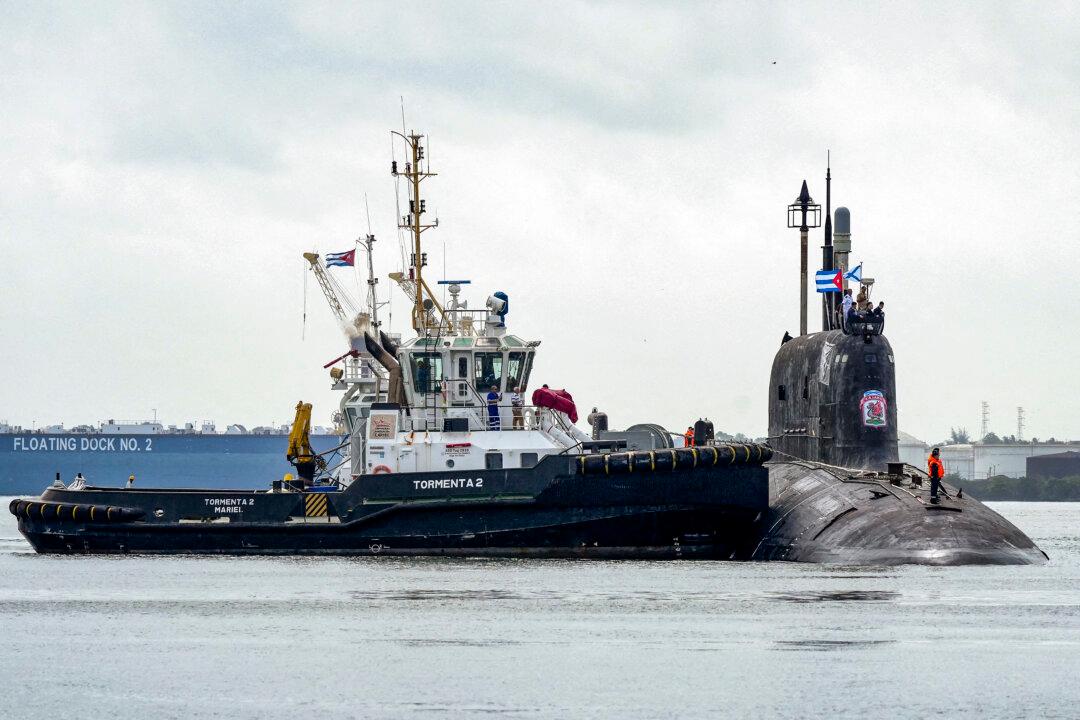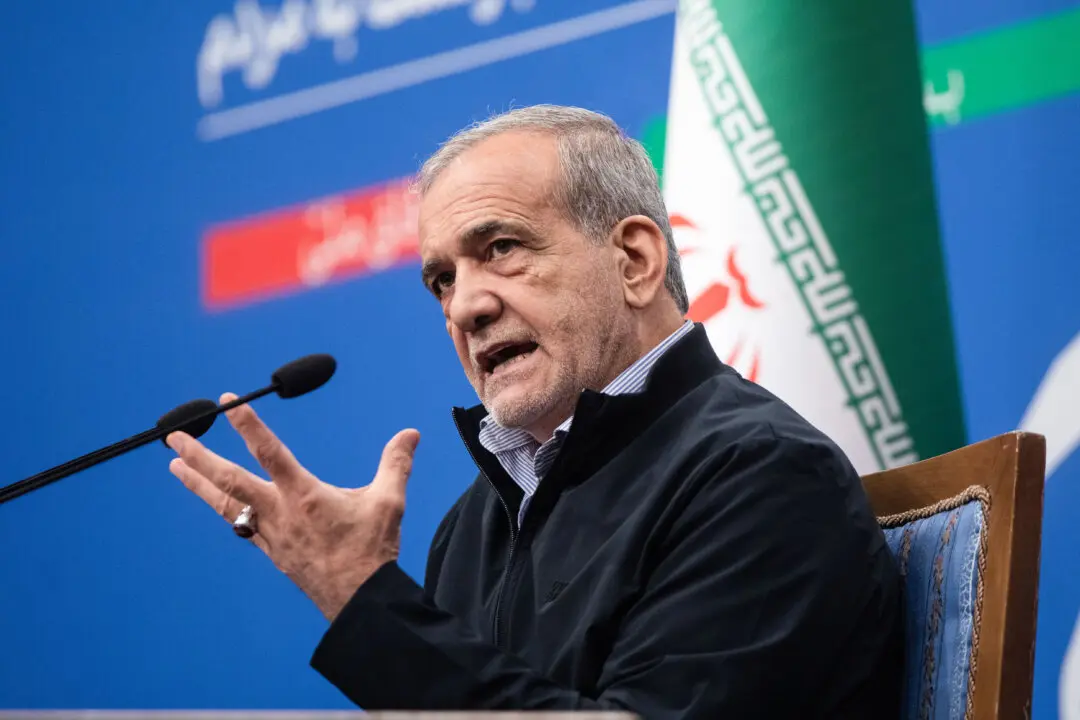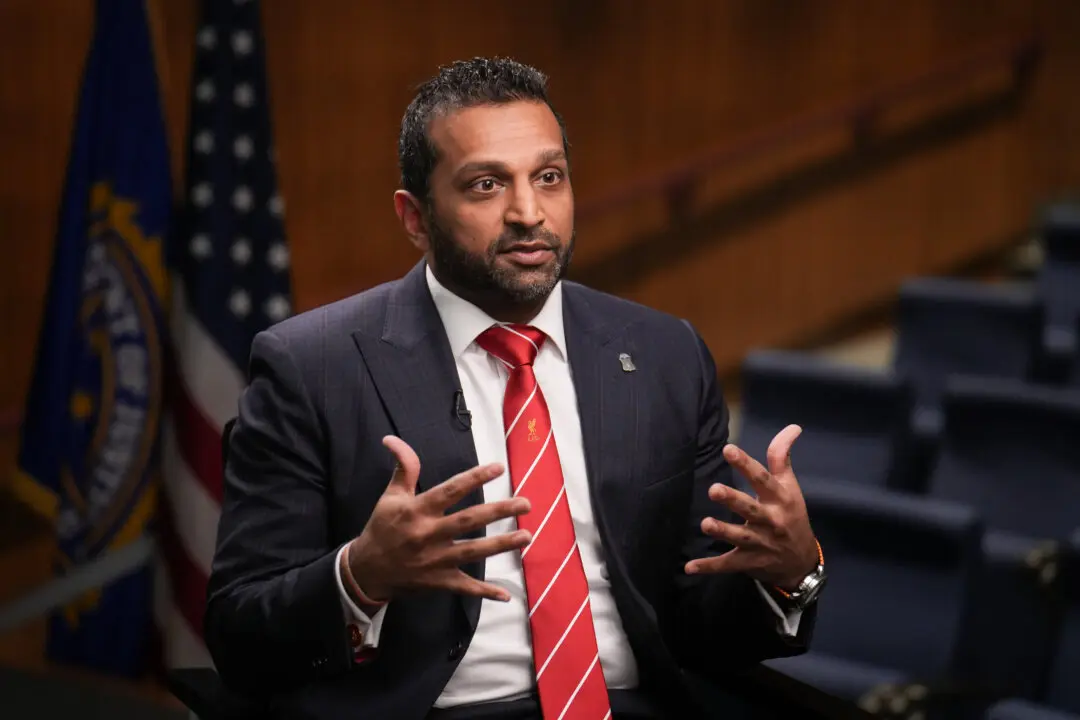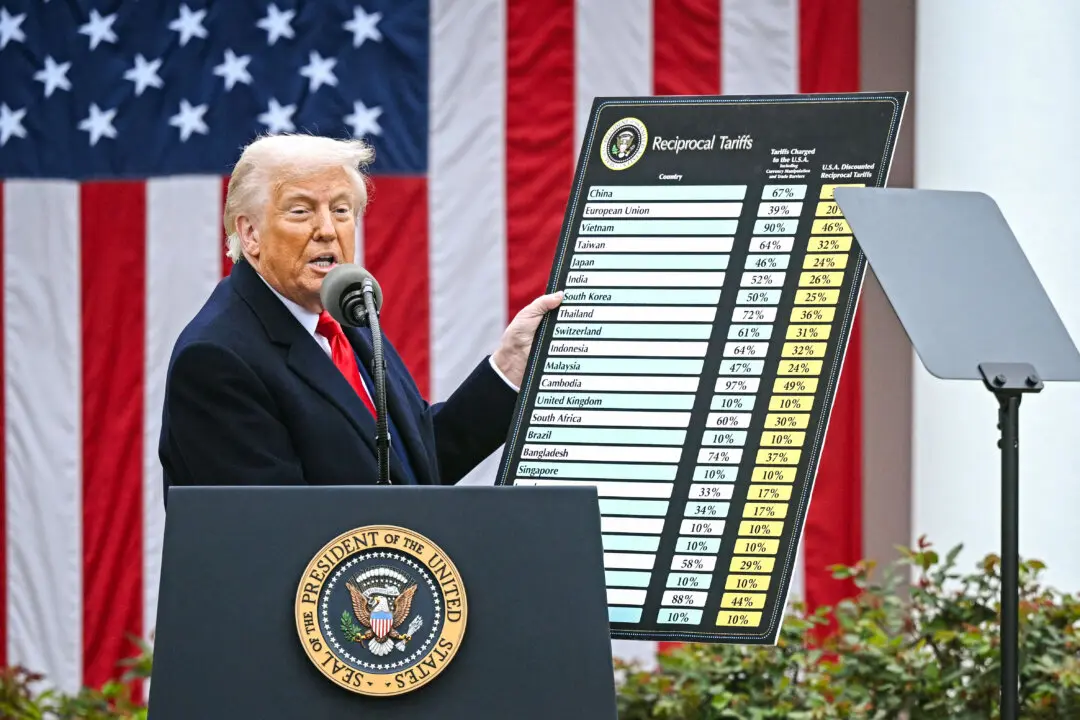Russian military officials said a group of warships heading to the Caribbean conducted long-range strike drills in the Atlantic Ocean as it was confirmed that the ships docked at a port in Cuba.
Amid heightened tensions between Washington and the Kremlin, Russia’s so-called Northern Fleet mission included missile drills in the Atlantic Ocean, the Ministry of Defense said on social media and in a statement to state-run media outlets, including TASS and RT. The Russian ships delivered simulated strikes against targets located about 400 miles away, the ministry said.





